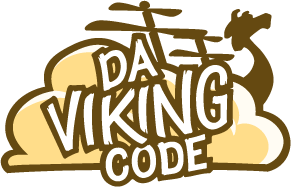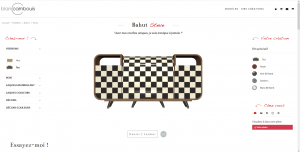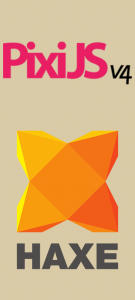Good tools for having graphics & dev team working closely together has always been important for providing awesome digital experience! Back then, Macromedia/Adobe Flash was a 2D tool bringing together artists & coders, and that’s why it was so powerful and popular. Later Unity and Unreal Engine did the same for 3D. But those giants are too heavy for optimized web experience and the build workflow is long.
On the other side, the web itself, with evolving standards, is more powerful than ever: complex SVG animations? Hi lottie. Electron framework via Chromium enables softwares like VS Code, Slack, etc on the web. So why not having a powerful editor directly in the web and targeting the web? Here comes PlayCanvas.
Continue reading PlayCanvas, the hidden WebGL editor gem


